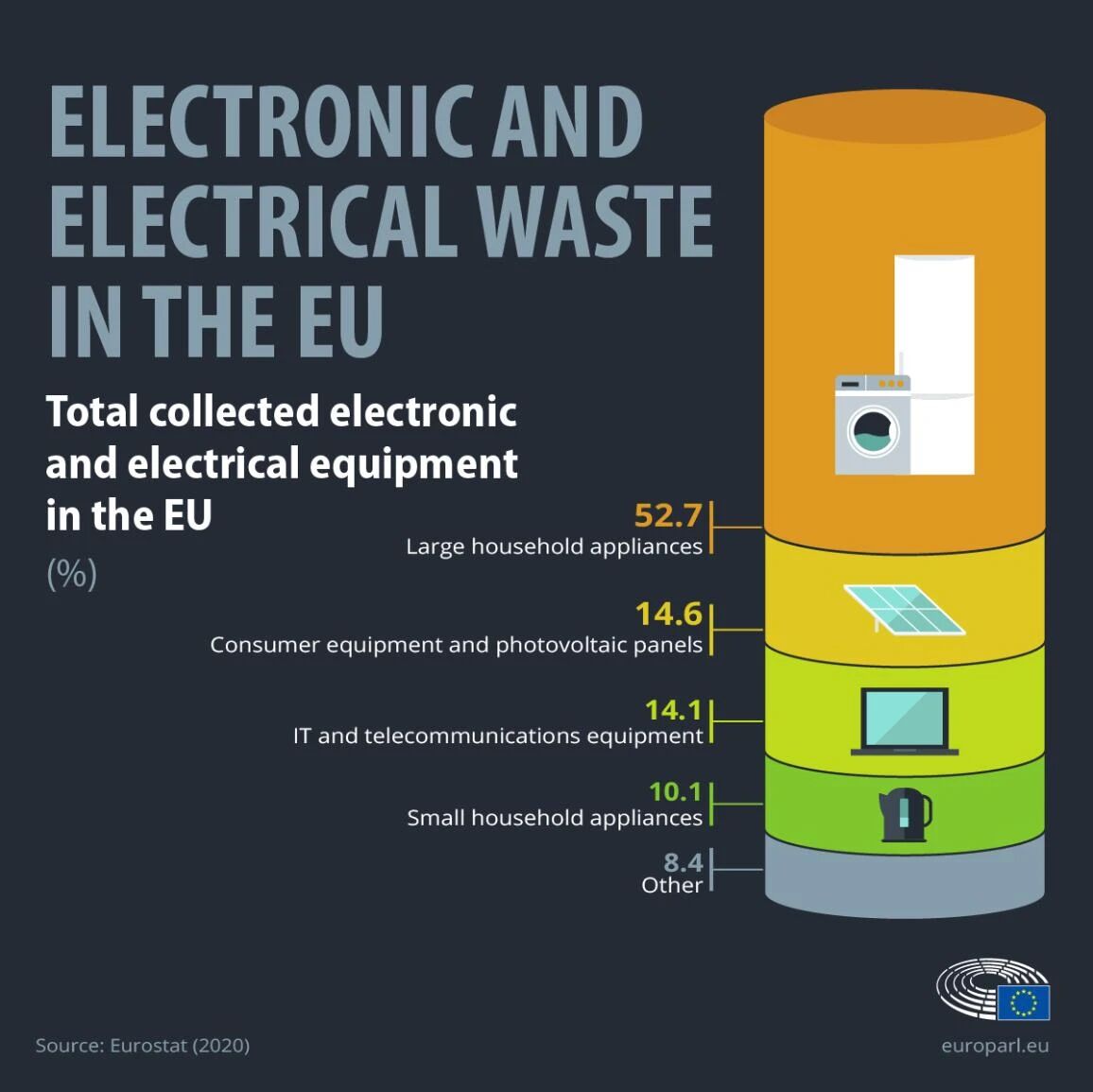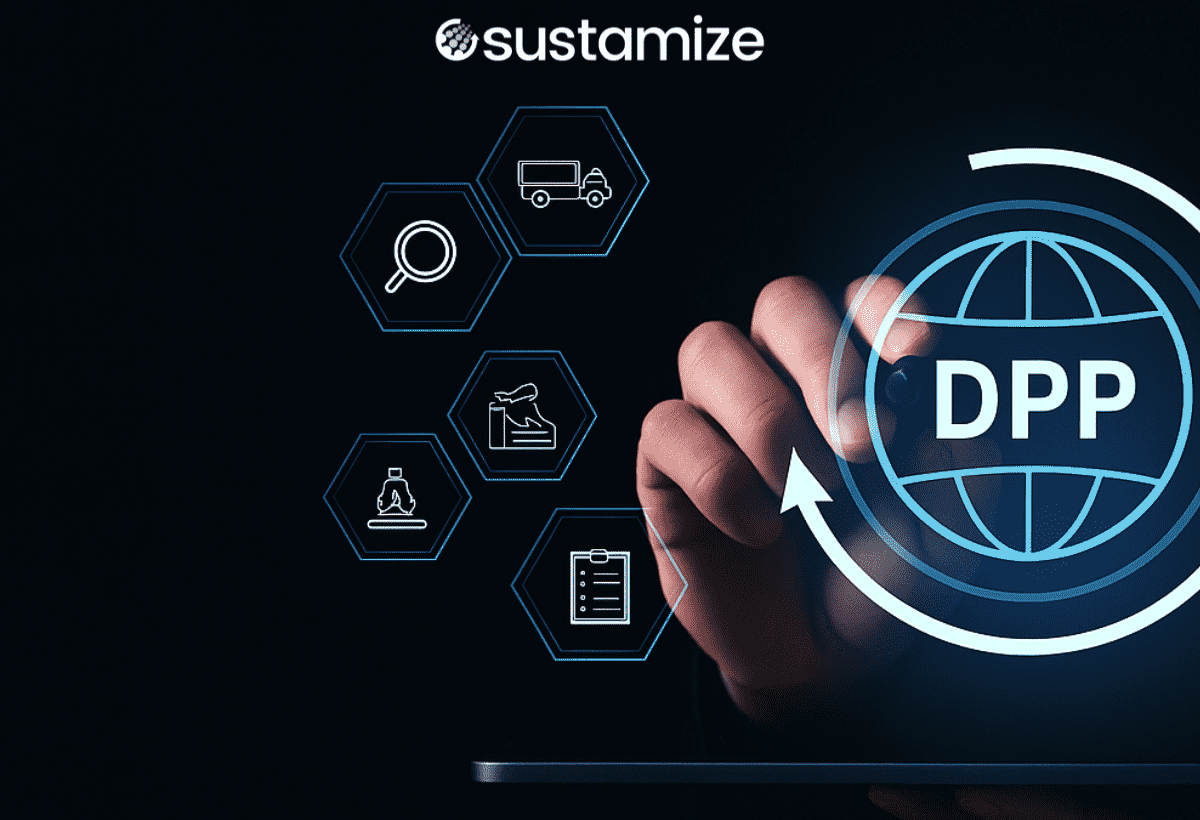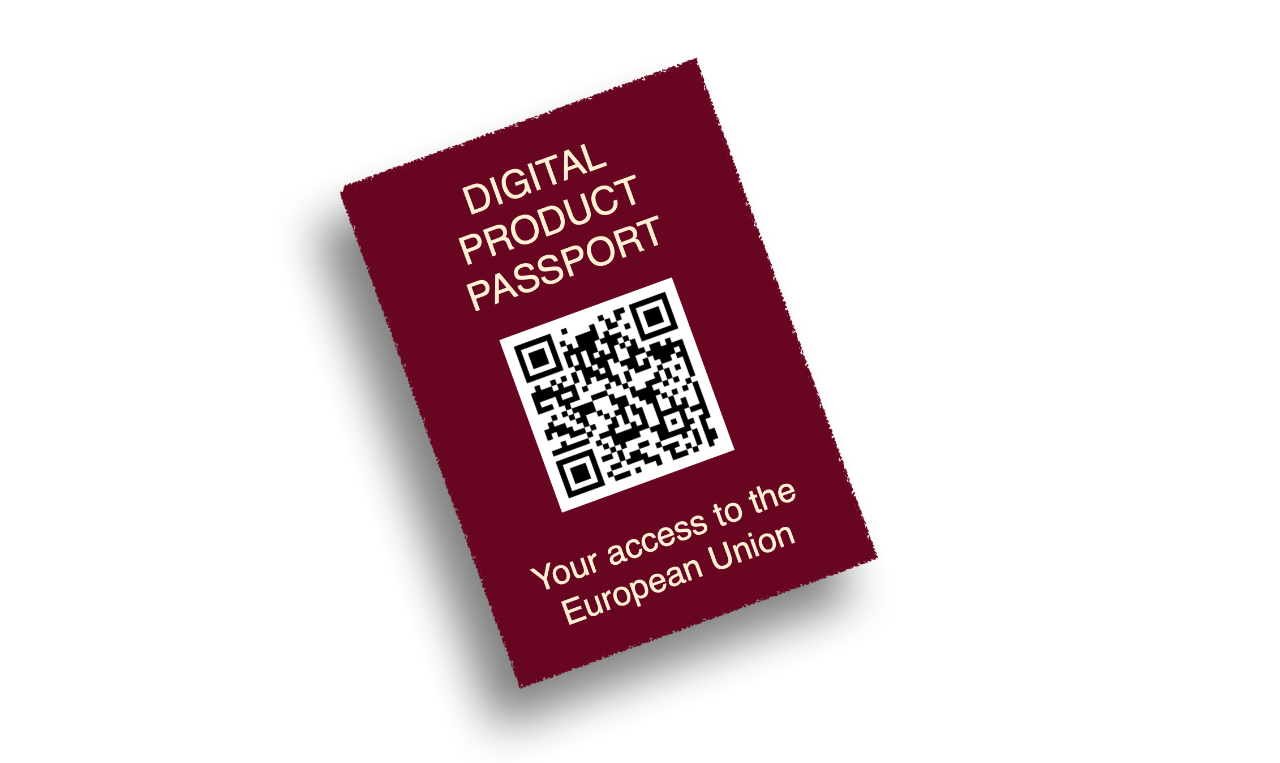Product Consultation
Your email address will not be published. Required fields are marked *

From Raw Materials to Market: A Professional Guide to Super White Non-Woven Staple Fibers
Dec 01,2025
Warning of a major reshuffle! The plastic recycling industry is nearing its "suffocation point"
Dec 04,2025
Depth丨The closed-loop revolution of textiles: T2T opens a new era of high-value circulation
Nov 28,2025
— 1 —
Over the past 15 years, the cycle rate in Europe has only 10.7% Lift to 11.8% , progress is weak, The externalities of linear economic models are becoming increasingly unbearable . August 1, 2025, The European Commission officially launched the Circular Economy Act (CEA) public consultation and certification , Feedback as of November 6, 2025 ,and Plans are proposed and adopted in 2026 . CEA is considered a one-time basis on the existing Circular Economy Action Plan (CEAP) System level upgrade : From "decentralized special legislation" toward A unified market and governance framework ,by Establish a "single market for secondary raw materials" , Improve the supply of high-quality recycled materials and Create stable domestic demand with demand-side tools .
More importantly, CEA has been included in the Clean Industrial Deal with industrial competitiveness as the key point. ,and ESPR (Eco-design Regulations for Sustainable Products) , PPWR (Packaging and Packaging Waste Regulation) , Key Raw Materials Method (CRMA) wait Coordinated promotion , means to the plastic recycling industry The superposition of policy synergy and market certainty.
Key points speed reading : Inquiry will be launched on August 1 → end on November 6 → adopt the target for 2026 → drive with the dual-wheel drive of "single market for secondary raw materials, high-quality recycled materials supply and demand" .
— 2 —
To avoid "singling" with other regulations, here only focuses on it CEA "Bill Text/Consultation Text itself" The direction has been clarified or officially described.
The primary goal of CEA is Establish a true “single market” for waste, secondary raw materials and their use in products . This is not a slogan, but Boundary definition, quality standards, certification and mutual recognition, circulation rules Broaden the differences between member states and break the fragmentation of regulatory "you are waste/I am raw material". For plastics, this is equivalent to rPET, rPP , rPE Cross-border circulation of recycled materials Reduce costs and speed .
CEA puts " Increase the supply of high-quality recycled materials "and" Stimulate demand ”Link: Upstream pass Standards, certifications, traceability Make “quality and credibility” practical; Downstream pass Demand-side tools such as public procurement Form a stable order pool. For the plastics industry, this is Turning the "regeneration content" from "shouting slogans" to "can be compared, investigated, and paid" trading language .
Pillar A: Electronic Waste (WEEE) priority breakthrough . The EU named electronic waste that increased by about 2% annually and the recycling rate of less than 40% is the current waste stream with a "painful" feeling. Plastic recycling and the electronic and electrical industries (E&E) have a wide intersection (shells, components, mixed plastics, flame retardant systems, etc.), Quality and traceability rating of E&E It will spill quickly to the plastic recycling end.
Pillar B: The "combination punch" of the single market of secondary raw materials . CEA will consider Reform the "End-of-Waste, EoW" standard , Simplify and digitalize EPR (Extended Producer Responsibility) , Introducing mandatory standards for recycled goods/services in public procurement etc.
CEA positioned as "umbrella/frame method" :it Not replaced ESPR, PPWR, WEEE, Waste Transport (WSR) and other special methods, but Obstacles at the market level (circulation, mutual recognition, verification, price signal) Unify , let the "product side" ESPR/ DPP , the EPR and waste transportation rules of the "chain side", and Packaging and food contact recycled plastics Special methods True collaboration .

— 3 —
Although CEA is not a "plastics special law", The four contacts of the plastic chain will be significantly amplified :
1) EoW standard and quality threshold : When “waste → non-waste” The judgment is more unified, Recycled plastic "waste outlet" is smoother ;at the same time "high quality" The word is repeatedly emphasized, meaning Pollutant limit, foreign matter ratio, melting finger/mechanics/odor/optics and other indicators All may be included in a clearer Pass/failure threshold.
2) Digital traceability and cross-border mutual recognition : CEA focuses Market credibility , DPP (bearing by ESPR) and EPR digitalization On the plastic side, it will be verifiable links that are "source-process-quality-purpose". Cross-border orders The "trust cost" has decreased, Bad money drives out good money The space is narrowed.
3) Demand-side tool overlay : Member States Green public procurement It is expected to be Regeneration content ratio , Recyclability design Then write "hard terms", Plastic products B2G/B2B order The bid evaluation logic will be "default tendency loop".
4) "Uncoupled tracks" of recycled plastics in contact with food : Regulation (EU) 2022/1616 Still compliant for food-contact recycled plastics (such as rPET)” Hard threshold ”. CEA will not change EFSA to process SOL/Authorization path, but It will create a more friendly environment for "cross-border circulation and demand side after market access" .

— 4 —
There are many around CEA Industry plan concept (For example: Public procurement of recycled materials ratio threshold, circular credit transactions, CBAM deductions, soft landing clauses for micro-enterprises, and mass balance accounting chemical recycling wait). These It is of great significance to refer to the plastics field , but from Strict text Look, this kind of mechanism Most of them are "policy tools/options to consider" , No draft bill has been written yet .
Pragmatic advice : When communicating externally or making internal decisions, Please use "Officially defined" and "Industry Proposal/Possible Options" to do AB layering :
Layer A (cleared) : Consultation has been launched - dual-pillar direction - single market target - synergistic with ESPR/PPWR, etc. - 2026 adoption path .
Layer B (possible option) : EoW reform, EPR digitalization, and mandatory standards for public procurement wait" Evaluation in progress ” intervention; Circular Credit, CBAM Coupling, Mass Balance Calculation Details wait For industry proposals or interpretations ,need Wait for subsequent draft or authorization bill Decide again after landing.
— 5 —
1) The certainty of cross-border circulation increases : Unified EoW and mutual recognition, "Qualified Recycled Materials" for mechanical/chemical recycling are easier to sell across borders .
2) Quality and data thresholds are raised : Traceability - Verification - Price comparison Become the new normal, "High-quality recycled material" There will be better bargaining power.
3) EPR digitalization improves efficiency and reduces costs : Expected Integration of registration/declaration/verification , multinational sales Compliance friction reduce.
4) "Demonstration Demand" Expansion of Public Procurement : Formation of recycled plastic products (including recyclable content, repairable/recyclable design, recycling service) Stable chassis .
5) "Breakthrough" with ESPR/DPP : Product side data (Formula, Recyclability, Recycling Content, Carbon Footprint) and Market-side verification Linkage, DPP becomes the "data pass" to enter the "circulating market" .
6) WEEE reform spillover : E&E Plastics (including flame retardant system and mixture) quality and destination management are stricter, High-quality sorting/pre-processing Technology benefits.
7) Price system reshaping : "Complied and High Quality" Recycled Material The price difference between "low quality/high risk control" recycled materials has widened, Certification and third-party testing Become a standard transaction.
8) Calculation and location of chemical recycling ( High uncertainty ): Mass balance method and other accounting rules are still To be clarified by legislation ; Boundaries such as "fuel use exemption" It will affect the feasibility study and investment rhythm of the project.


— 6 —
Submit "Evident Feedback" :around EoW barriers, cross-border circulation costs, quality standards and mutual recognition, EPR digital interface, data acquisition costs supply Quantitative cases .
Run through the evidence chain of "high-quality recycled materials" :according to Raw materials - process - quality - use Path, preparation Batch data, third-party reports, customer-side acceptance records .
Benchmarking ESPR/DPP requirements :Establish Material master data—cyclic data—carbon data of Unified account book , first rPET or main product On the pilot.
Open up the EPR digital interface : Clothing EPR obligations of member states ,Bundle Registration/Declaration/Invoice/Verification Pre-set to ERP/ PLM in the system.
Compliance map and chapter : Single column Food contact recycled plastics Compliance chapter ( EU 2022/1616 EFSA SOL ) to avoid misunderstanding with general purpose.

— 7 —
rPET (bottle to bottle/sheet grade) :exist Food Contact and DPP/traceability Compare Easy to run "high-quality" narrative ;The shortcomings are Waste bottle source stability and Deodorization/purification ability .
rPP/rPE (packaging and appliance housing) : Complex formula, legacy of additives bring Mass fluctuations ; It is recommended to promote "recyclability design" and "recipe transparency" ,match Graded pricing.
E&E hybrid plastics :by WEEE prioritizes breakthrough Influence, Flame retardant system identification and removal , High optical/mechanical index modification It is a differentiated competition point.
Chemical recycling : In "Stable Quality - Pollutant Threshold - Large-scale Supply" Have advantages in terms of Regulatory accounting boundaries and Economics still need to be carefully evaluated; First do a combination strategy with mechanical recycling .
— 8 —
August 1 - November 6, 2025 : CEA Public Consultation and Evidence Collection ; Wide coverage of objects (Enterprise, industry association, NGO, public).
2026 : Plan to adopt CEA (Then enter the matching/authorization bill period).
2030 : Double the cycle rate target to about 24% (Clean Industrial Deal target) .
Note: ESPR and DPP For parallel system, the specific DPP Product range and rhythm Depend on ESPR Work Plan and Authorization Law Promote; CEA will be with it Alignment and collaboration , However, the CEA does not directly specify the DPP time point of all products .
— 9 —
1) Can the recycled materials in our hands be recognized as "high-quality, verifiable, and mutually recognizable" in the context of "single market"?
2) Can our data link (including DPP docking/EPR digitalization) turn "quality and compliance" into "certainty" that customers are willing to pay?
3) Does our investment rhythm match the regulatory rhythm of "CEA official text - authorization law - member state implementation"? (Don't regard "industry vision" as "legislated".)
— 10 —
For the public readers, It is recommended to use CEA's "clear matters" to build a narrative framework first , and then the industry is hotly discussed Circular credit, CBAM coupling, mass balance wait Presented as "Possible Options/Industry Proposals" , avoid causing "misunderstanding of regulatory expectations". Especially important for plastics companies, because Investment Window and Compliance Window often" One step ahead "and" One step later "It's all expensive.

Recycle Non-Woven Fibers Series: A Fusion of Environmental Protection and Innovation
2025-08-22
Recycled Polyester Staple Fiber (PSF): A Dual Engine for Environmental Protection and Industrial Upgrading
2025-09-01Your email address will not be published. Required fields are marked *
Focusing to the research and production of differentiated fiber. Applying recycle-material processing scientifically.
Zhulinjizhen, Xinfeng Town, Jiaxing City, Zhejiang Province
Copyright @ 2023 Jiaxing Fuda Chemical Fiber Factory All rights reserved
Polyester Staple Fiber Manufacturers
Friendship link - Anhui Fulin Environmental Protection Technology Co., Ltd.:https://www.ahflhb.com
